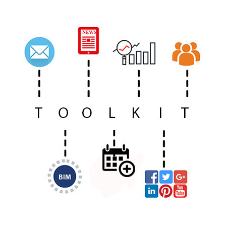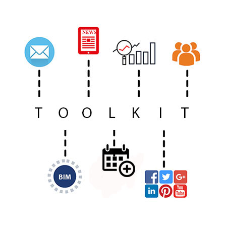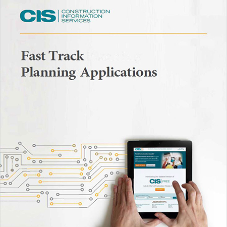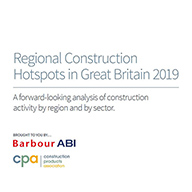The popularity of home automation has increased strongly over the last few years as systems have become more affordable and easier to use. The UK home automation market has nearly tripled in size between 2012 and 2016, and in 2016 alone, it is estimated that the market increased by 20% in value terms.

Although home automation systems have been available in the UK for many years, it is in recent years that they have expanded from an upper market niche into a more mainstream market, and the market is currently considered to be at the initial growth stage with dramatic changes underway.
A greater interest in home automation has been encouraged by the wider availability of smartphone app controlled devices that are now more affordable and enable greater monitoring and control of a range of devices. These allow for significant flexibility as they can be controlled from within the home, whilst travelling, at work or even abroad. Take up of wireless routers/internet has also benefited the home automation market, with increasing numbers of suppliers offering wireless systems based around the home Wi-Fi network.
An increasing focus on offering modular systems which enable future expansion has also driven growth, and in addition, the development of systems aimed at self-installation has expanded significantly helping to substantially reduce costs and make systems more affordable to a wider market.
The rapid increase in availability of home automation products has also led to many independent standalone systems and devices without inter connectivity. System manufacturers are working to find a standard protocol that would enable many more devices to operate across services even where devices are purchased from different manufacturers, with some opening up their operating platforms to third-party developers to encourage the development of suitable devices to fit their systems.
The growth of intelligent heating controls is something that is expected to continue into the medium-term, with rapid innovation likely to be the key driver. In addition, different uses for smart functionality will continue to gain acceptance, including a wide range of kitchen and other household appliances, health tracking devices and garden equipment. Micro-generation of energy is also likely to provide a key driver for growth in future years.
More intelligent IoT devices that can make smart choices - such as the Nest smart thermostat, which can learn when a consumer wants the heating on and the temperature to set it at - and an increase in voice control devices are also likely to generate more interest. Amazon’s Echo, Google’s Home and Apple’s Siri utilise powerful cloud-based voice recognition systems have stimulated market demand with more home automation product manufacturers making their products linkable to the voice control devices.
Medium-term prospects for home automation remain positive with over 50% growth currently forecast to 2021. Growth rates are, however, expected to gradually reduce in the medium term, and ultimately the rate of uptake will be influenced by a number of factors including; rates of disposable income, the extent that home automation systems are adopted by mainstream housebuilding organisations, modularity or inter connectivity of devices and ease of installation.
The ‘Home Automation Market Report – UK 2017-2021 Analysis’ report is published by AMA Research, and is available now and can be ordered online at www.amaresearch.co.uk or by calling 01242 235724.
Find more Home Automation resources on our Home Automation Hub.
Related Blog Articles











![Residential Sector Market Overview [INSIGHT] Residential Sector Market Overview [INSIGHT]](/20/blogentry/00/05/54/th554.png)

